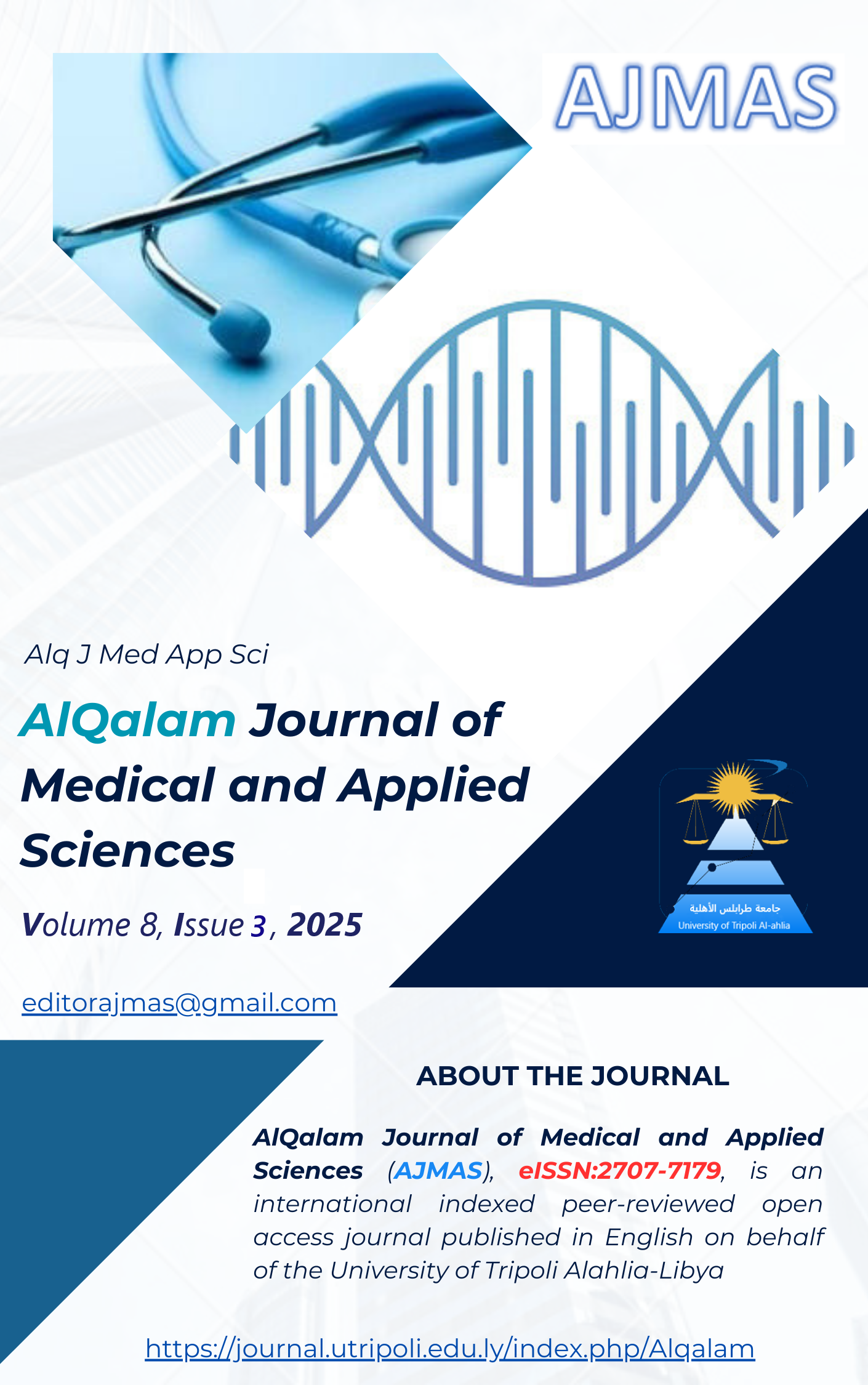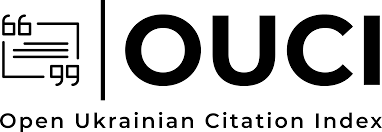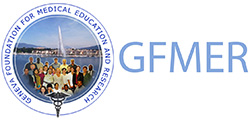The Identification of Streptococcus Agalactiae and Antibacterial Resistance in Women and Neonates
DOI:
https://doi.org/10.54361/ajmas.258354Keywords:
Group B Streptococcus (GBS), Pregnant Woman, Neonatal.Abstract
Streptococcus caucus agalactiae or Group B Streptococci (GBS) is a Gram-positive, that produces β hemolysis on blood agar. It is the most common in the gut of humans and the lower genital tract in women, and remains an important cause of neonatal diseases (sepsis, pneumonia, meningitis). It is the leading cause of early and late-onset neonatal sepsis in the world. The purpose of this study is to isolate specifically from cervical samples in women and neonates to determine the most common and to determine the appropriate antibiotic. In this study, the collection of samples was from Al Zawia and Tripoli areas, during the period from February to April. It includes 125 samples taken from the cervix of women and from different areas of neonates by using medical swabs, where we used different diagnostic techniques to detect Streptococcus (culture test, biochemical test, BD PHOENIX M50 system), and then antibiotic sensitivity testing. The results showed that 26% of the total samples are positive for Streptococcus Agalactiae bacteria. The study concluded that Streptococcus Agalactiae is mostly prevalent among women, while other bacteria are the least prevalent. Moreover, it was demonstrated that bacteria have resistance to Tetracycline (76.92%), Clindamycin (57.69%), Erythromycin (61.54%), Gentamicin (26.92%), Amoxicillin (30.77%), Cefotaxime (53.85%); while it showed sensitivity to penicillin. Therefore, the study recommends that all pregnant women should be screened for GBS with vaginal swabs or urine samples culture during the pregnancy and treated with antibiotics if the culture is positive, and then retested to check for and prevent complications for both the mother and the fetus.
Downloads
Published
How to Cite
Issue
Section
License
Copyright (c) 2025 Ekram Alkeweseh, Aisha El Taher, Bahija Al-Jeneen

This work is licensed under a Creative Commons Attribution 4.0 International License.















